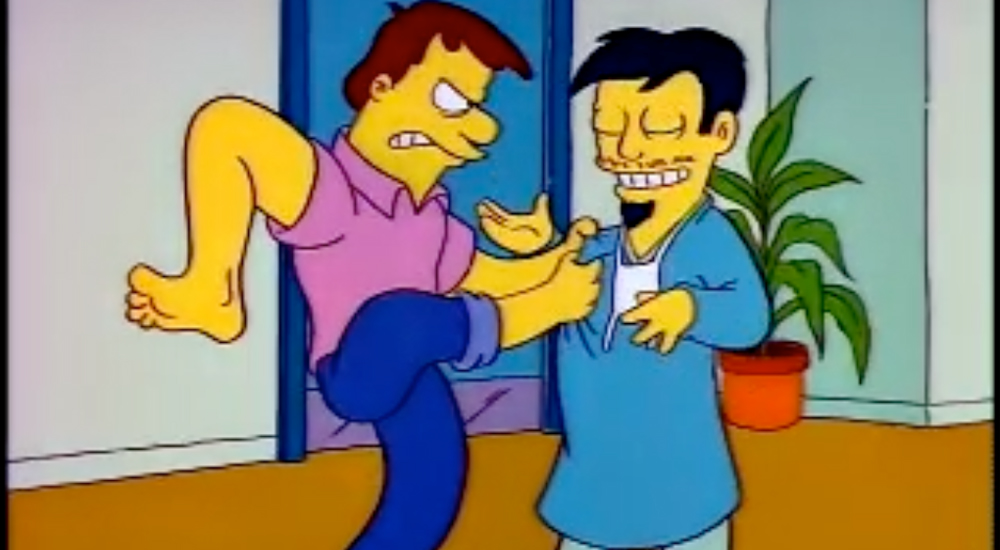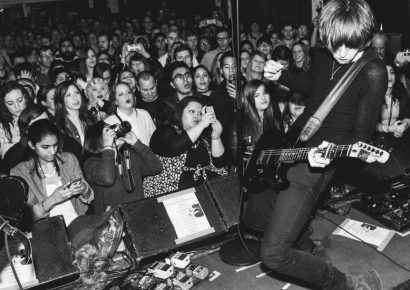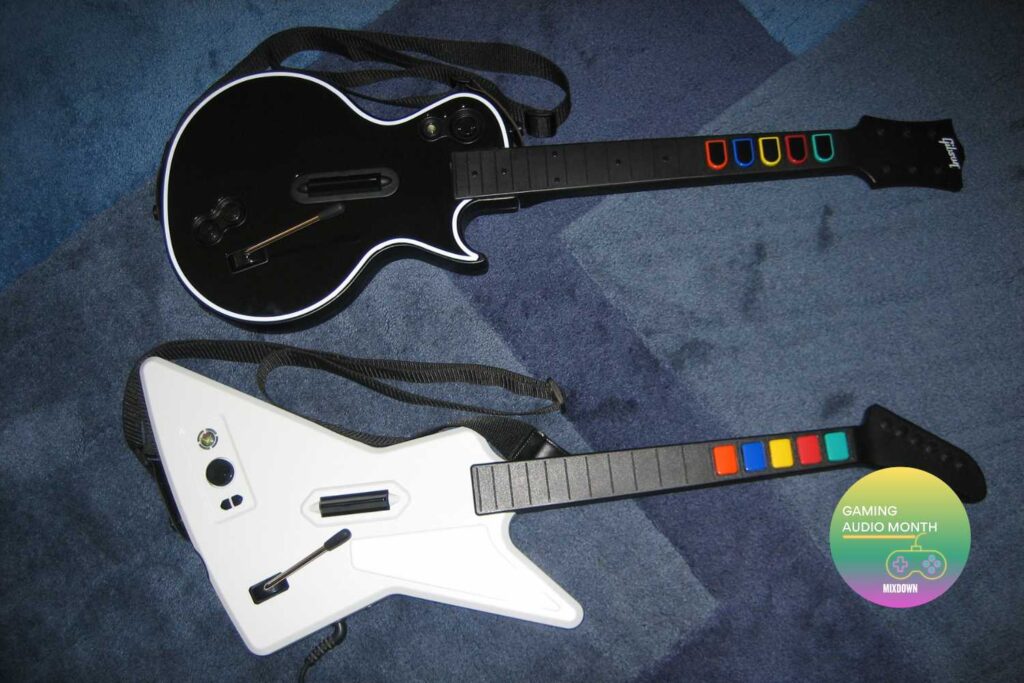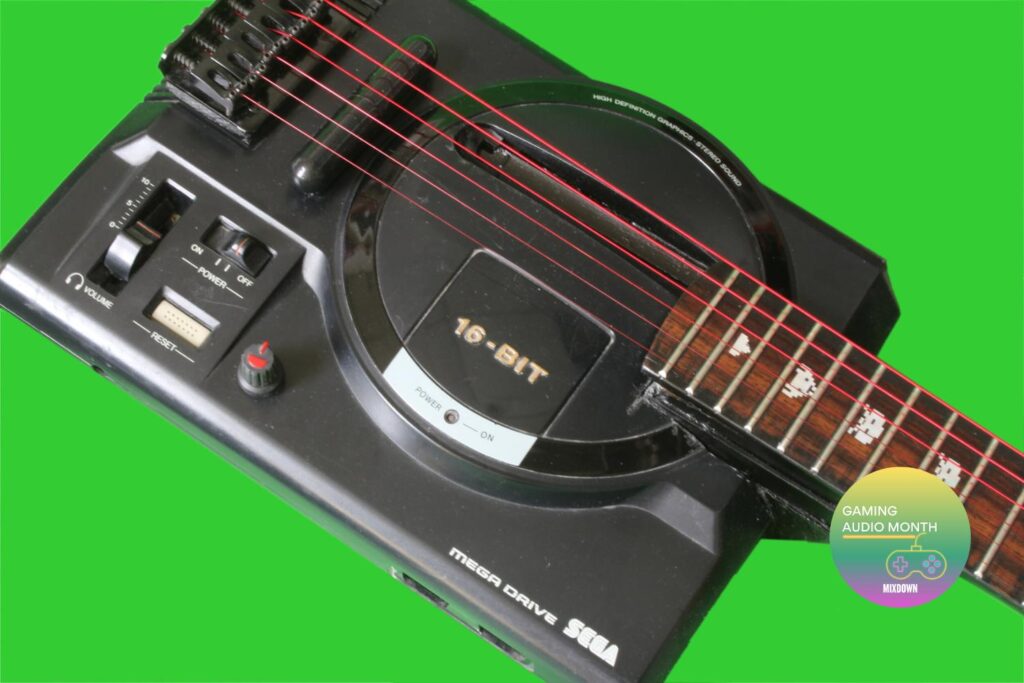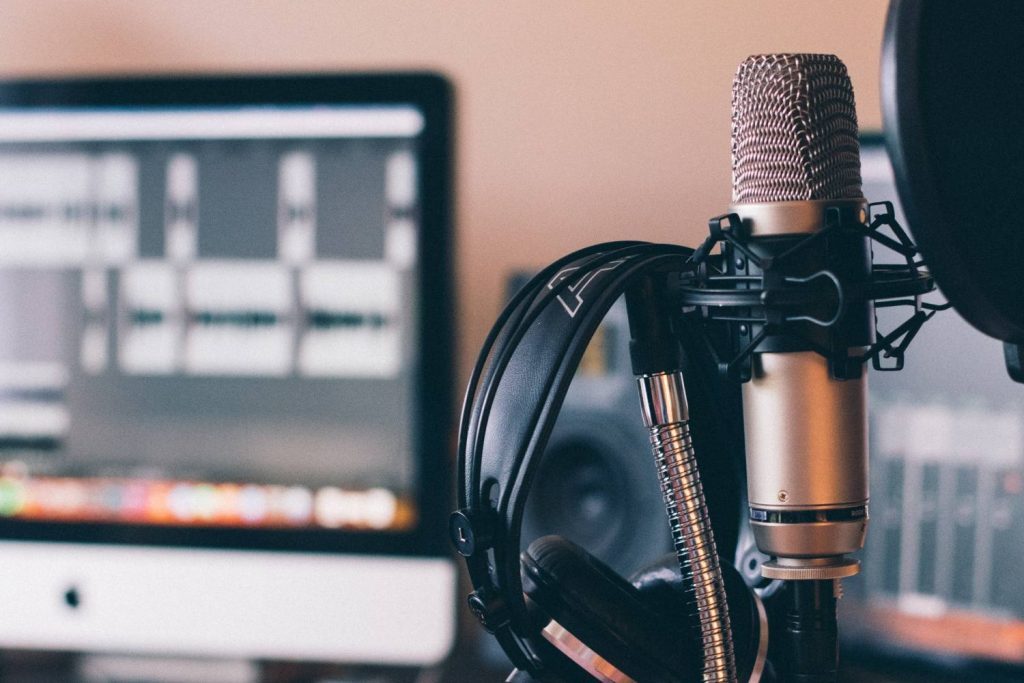Most things we play on the drums are combinations of single strokes and double strokes and as mentioned, these fills are just that. The only difference being that the bass drum is replacing one of the hands.
For this column, I’m going to be looking at two specific combinations – a grouping of five notes and a grouping of seven notes, both based on the following hand stickings respectively – RLRLL and RLRLRLL where all the right hand strokes are accented and the left hands are ghosted. If we replace the left hand strokes with bass drums we get Figures A and B. It’s worth noting that you can play the bass drum at any volume as the desired effect can be less subtle than the original hand stickings.
At this point you should practice the stickings carefully and slowly, concentrating on each stroke being even. The bass drum double stroke should ideally be even and the same velocity. The time signature doesn’t need to be a huge factor as you’re purely trying to get comfortable with the figure. As you do, you can then start to orchestrate the right hand around the drums as you see fit – don’t forget to mix the hi-hat in there too as this creates a very unpredictable sound.
Since the left hand has been chilling out, we can then execute the fill leading with the left or mixing both hands. You can see Figures C and D for some examples of this. To be honest, getting comfortable with this stage takes a little while, particularly if you want to get it fast. You may find that you need to just have one idea or orchestration to play around with first before randomly improvising around the drums. The bass drum strokes will most likely be a hold up or constriction for getting faster too, so this may take time.
The whole idea of these fills is to use them right? So, practicing them in context of a groove and as a fill is paramount. However, it may not be always applicable to randomly do a fill in 5/8 or 7/8 if you’re playing in 4/4 so in light of this and given that semiquavers are usually a great go to for fills, we can play the same figures as 16th notes and allow them to cross the beat. For illustration purposes, I’ve just used an orchestration between the snare and floor tom and only the right hand – Figure E shows the 5-note sticking and Figure F, the 7-note sticking. I’ve only gone as far as two bars but you could keep going if you want.
To give context of time for other musicians in the band or to just keep the groove going, you can attempt to keep a steady hi-hat going with the left hand whilst the figure moves over the beat using the right hand. Check out Figures G (5-note) and H (7-note) for this idea.
The concepts covered are really only the start of this idea and there are lots you could do with them. For example, try playing the ideas in triplets instead of 16th notes. Or mix and match between the 5-note sticking and 7-note stickings in the one phrase. I’ve capped the phrases at two bars as mentioned, but this can easily keep going, the choice is yours.
